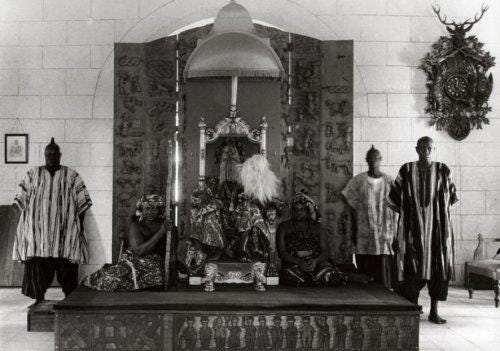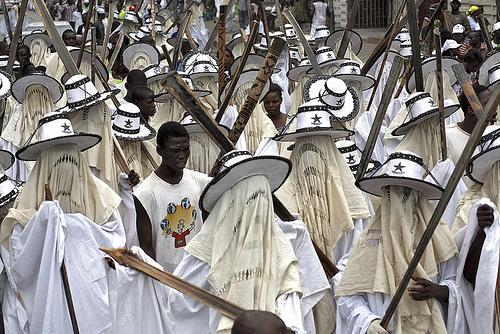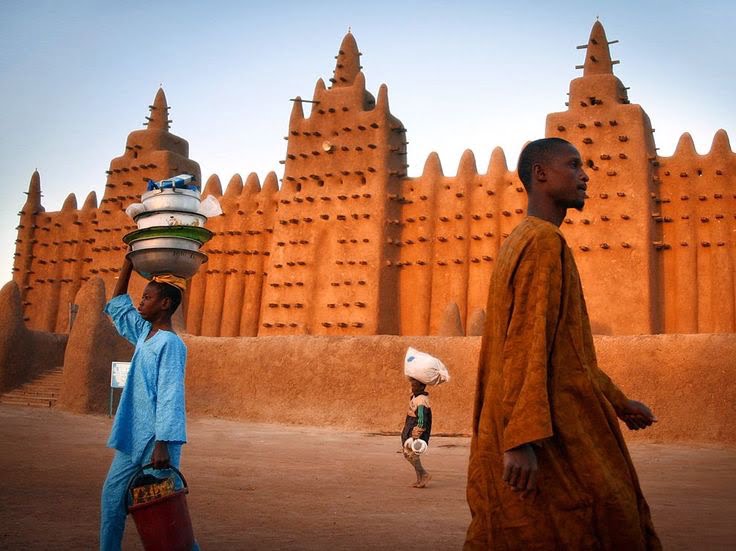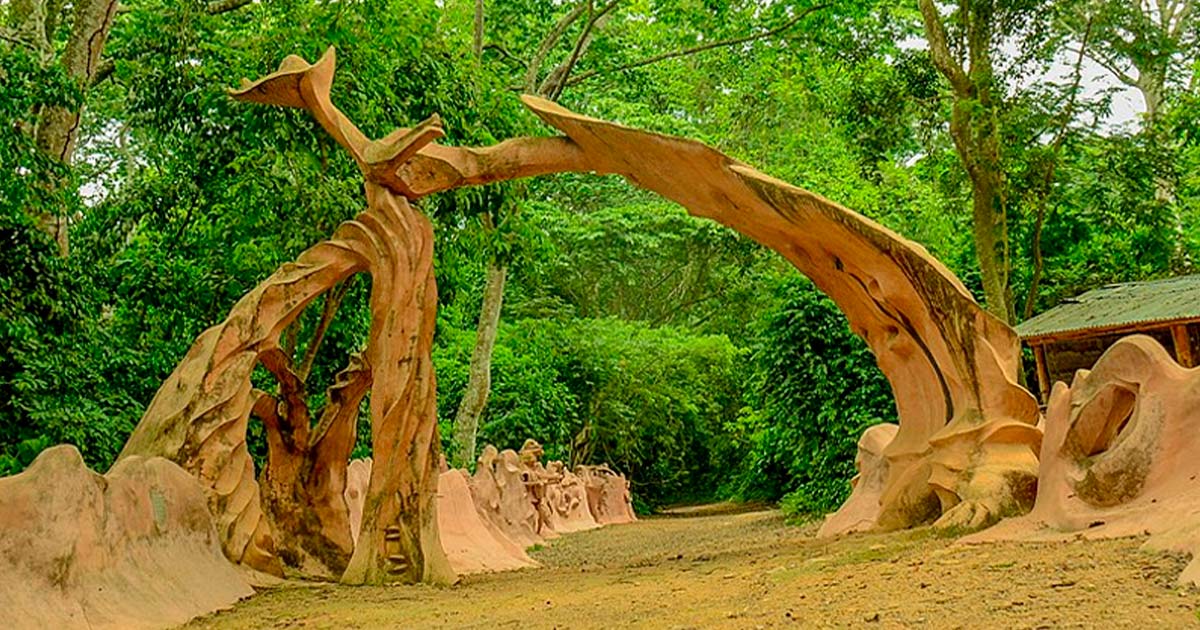Understanding the Weather in Nigeria: A Seasonal Guide for Travelers
Nigeria, with its diverse landscapes and rich cultural heritage, is a fascinating destination for travellers. However, the weather in Nigeria can vary significantly depending on the region and the time of year. Understanding the climate patterns can help you plan your trip more effectively and ensure you have a comfortable and enjoyable experience. In this guide, we’ll explore Nigeria’s weather seasons and provide tips on visiting during each period.
Nigeria’s Climate Overview
Nigeria experiences a tropical climate, which means it generally has two main seasons: the rainy season and the dry season. However, the country’s size and varied topography result in some regional differences.
Rainy Season (April to October)
What to Expect
The rainy season in Nigeria typically starts in April and lasts until October. This period is characterized by heavy rainfall, especially in the southern and central regions. The intensity of the rain can vary, with coastal areas like Lagos and Port Harcourt experiencing more frequent and intense downpours compared to the northern regions.
Key Characteristics:
- Frequent rain showers and thunderstorms.
- High humidity levels.
- Cooler temperatures, especially during the evenings.
Tips for Visiting During the Rainy Season
- Pack Appropriate Clothing: Bring lightweight, waterproof clothing and an umbrella. Waterproof shoes or boots are also advisable.
- Stay Informed: Keep an eye on weather forecasts and be prepared for sudden changes in weather.
- Plan Indoor Activities: Visit museums, art galleries, and indoor markets to stay dry while enjoying the local culture.
- Travel Carefully: Roads can become slippery and flood-prone. Opt for reliable transportation and consider hiring a local guide.
- Visit the North: Northern regions like Kano and Abuja experience less rainfall, making them more accessible during this season.

Dry Season (November to March)
What to Expect
The dry season runs from November to March and is marked by significantly less rainfall and higher temperatures. This season can be divided into two distinct periods: the harmattan and the hot dry season.
Harmattan (November to February):
- Characterized by dry, dusty winds blowing from the Sahara Desert.
- Cooler temperatures, especially in the mornings and evenings.
- Reduced humidity levels.
Hot Dry Season (March):
- High temperatures, often exceeding 35°C (95°F).
- Minimal rainfall.
- Dry and dusty conditions.
Tips for Visiting During the Dry Season
- Stay Hydrated: The dry air can lead to dehydration. Drink plenty of water and carry a refillable water bottle.
- Protect Your Skin: Use sunscreen, wear sunglasses, and cover up to protect your skin from the sun and dust.
- Dress Comfortably: Light, breathable fabrics are ideal. Layering is useful during the harmattan when temperatures can vary.
- Explore Outdoor Attractions: The dry season is perfect for visiting national parks, beaches, and other outdoor sites.
- Plan for Dust: If you have respiratory issues, be cautious during the harmattan as dust levels can be high. Consider bringing a mask.
Regional Climate Variations
Southern Nigeria
- Climate: Tropical rainforest climate with high humidity and heavy rainfall.
- Best Time to Visit: November to March, during the dry season.
Northern Nigeria
- Climate: Semi-arid to arid, with less rainfall and higher temperatures.
- Best Time to Visit: November to February, during the harmattan when temperatures are cooler.
Central Nigeria
- Climate: A mix of tropical and savannah climates.
- Best Time to Visit: November to March, to avoid the heavy rains of the wet season.
Nigeria’s weather can be diverse and unpredictable, but with the right preparation, you can enjoy your visit regardless of the season. Whether you’re exploring the vibrant cities, relaxing on the beaches, or trekking through the national parks, understanding the climate will help you make the most of your trip. Plan ahead, pack appropriately, and stay flexible to ensure a memorable Nigerian adventure.










